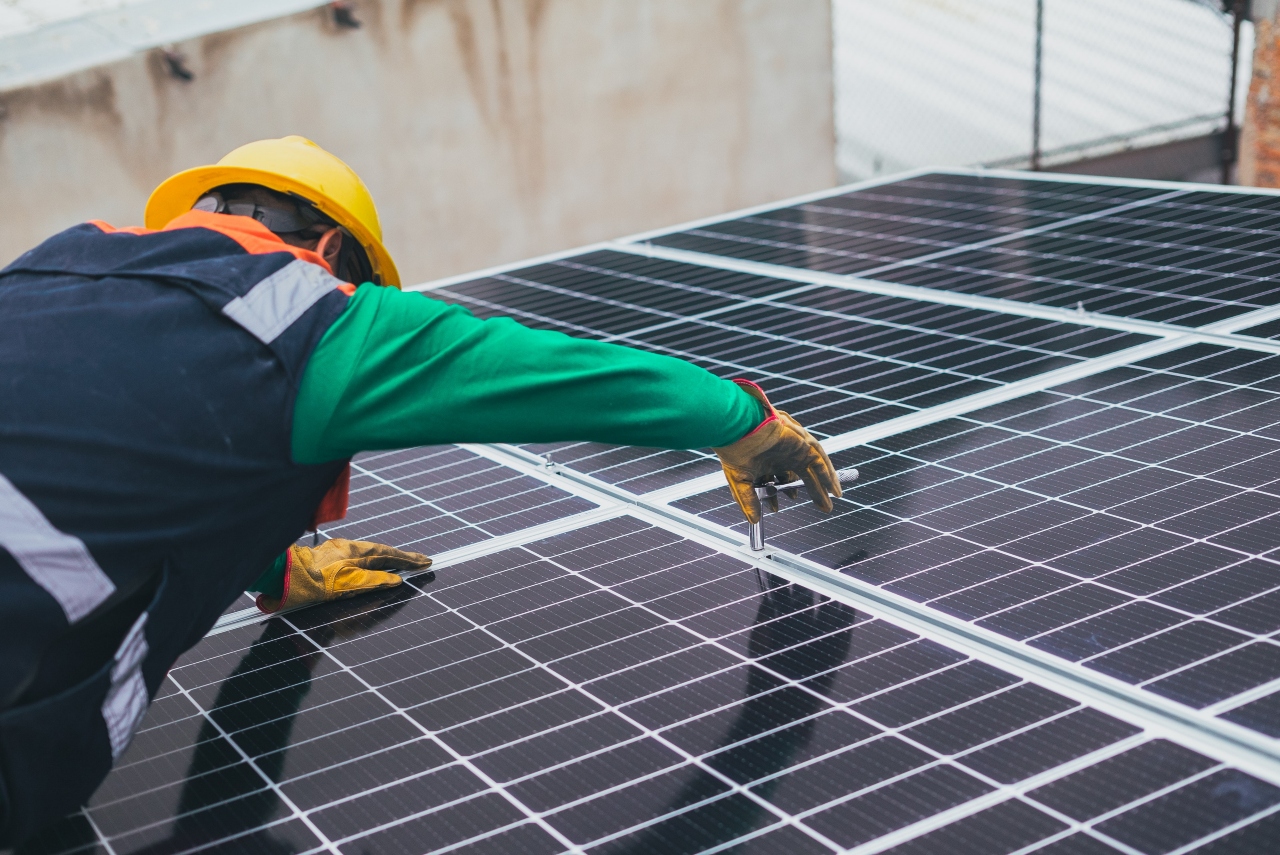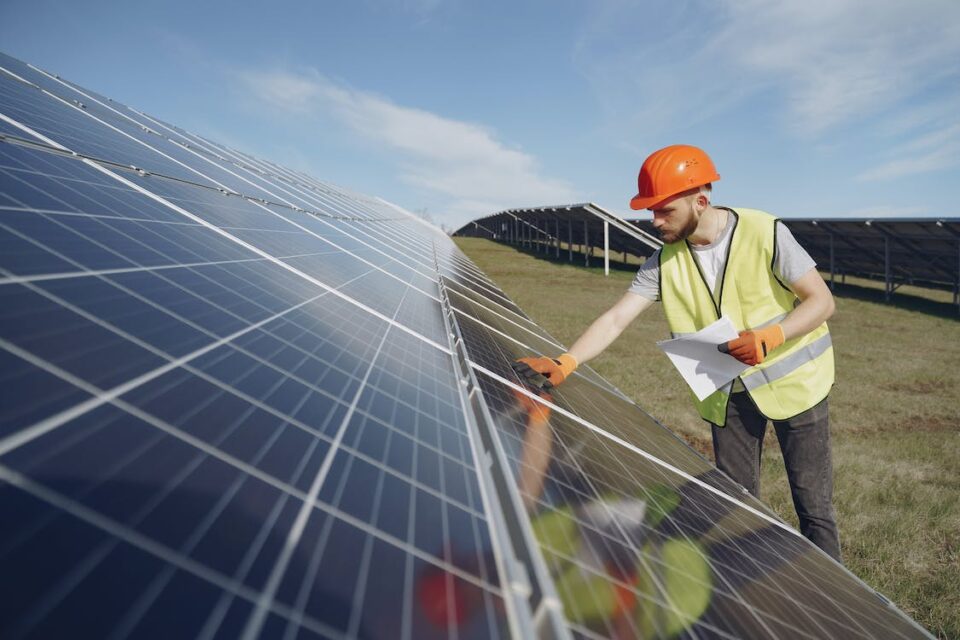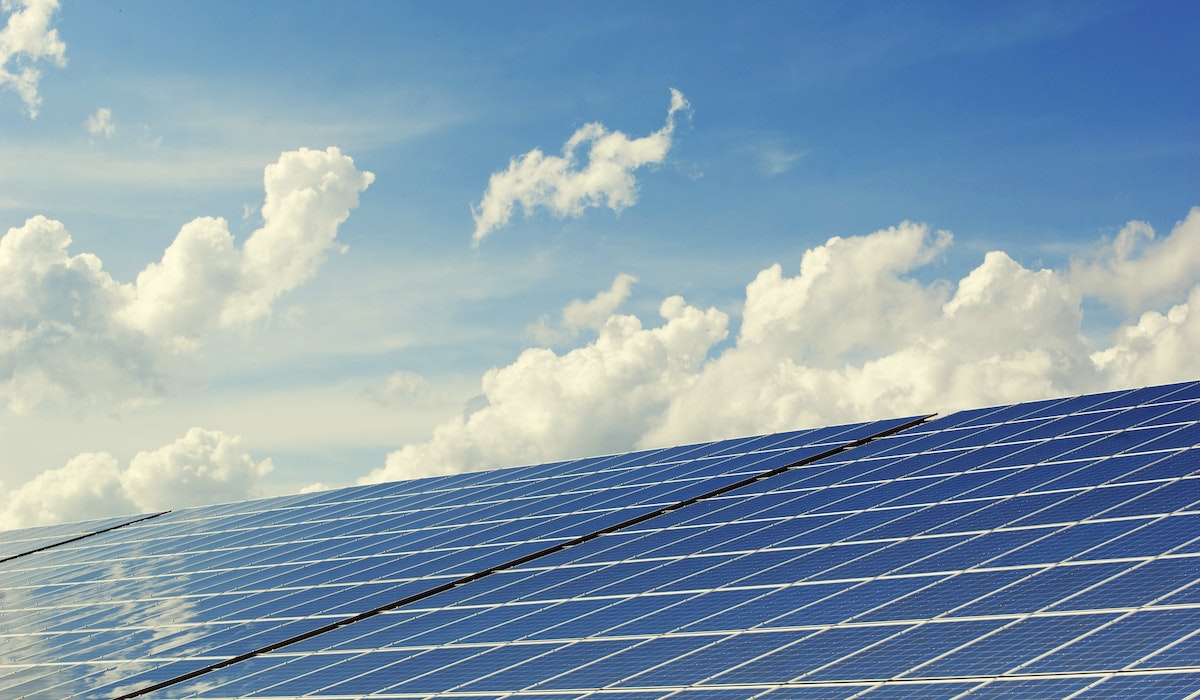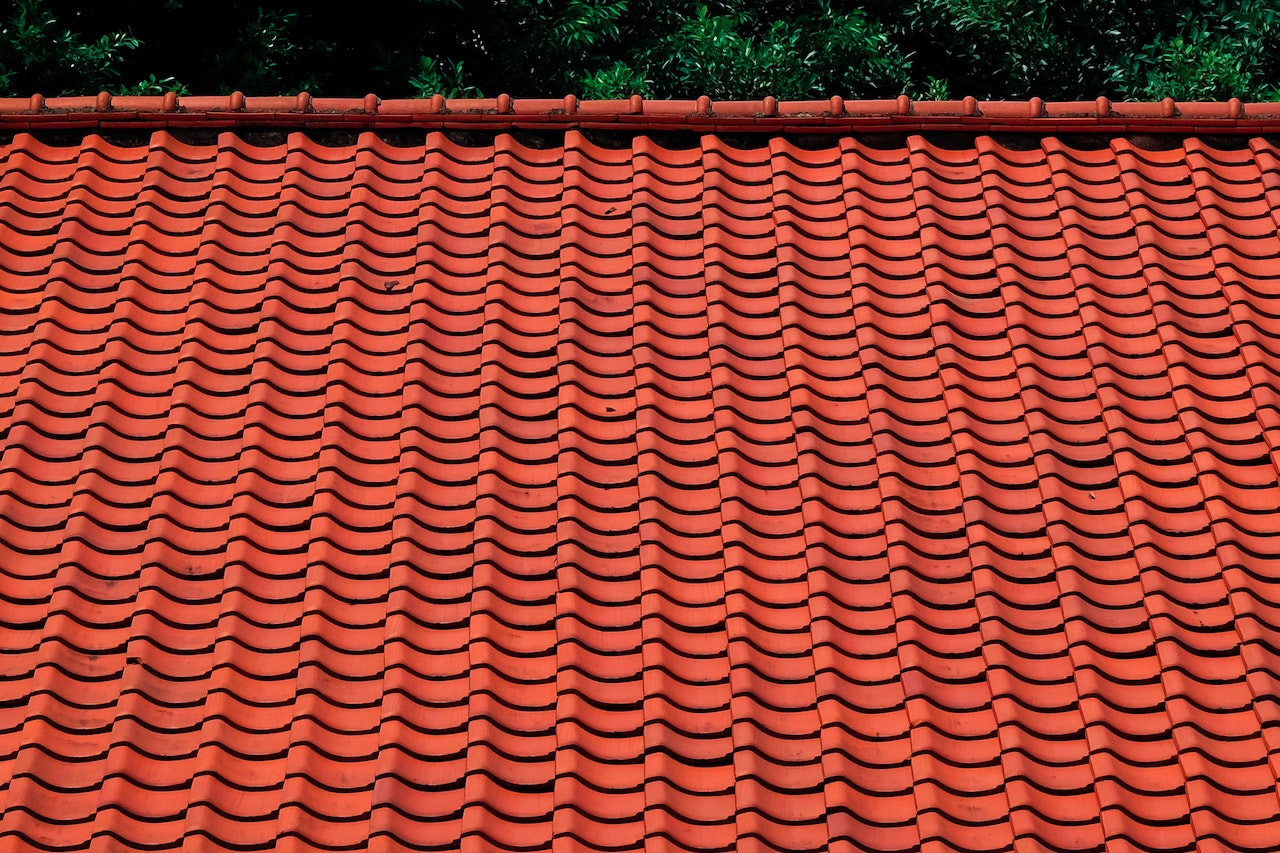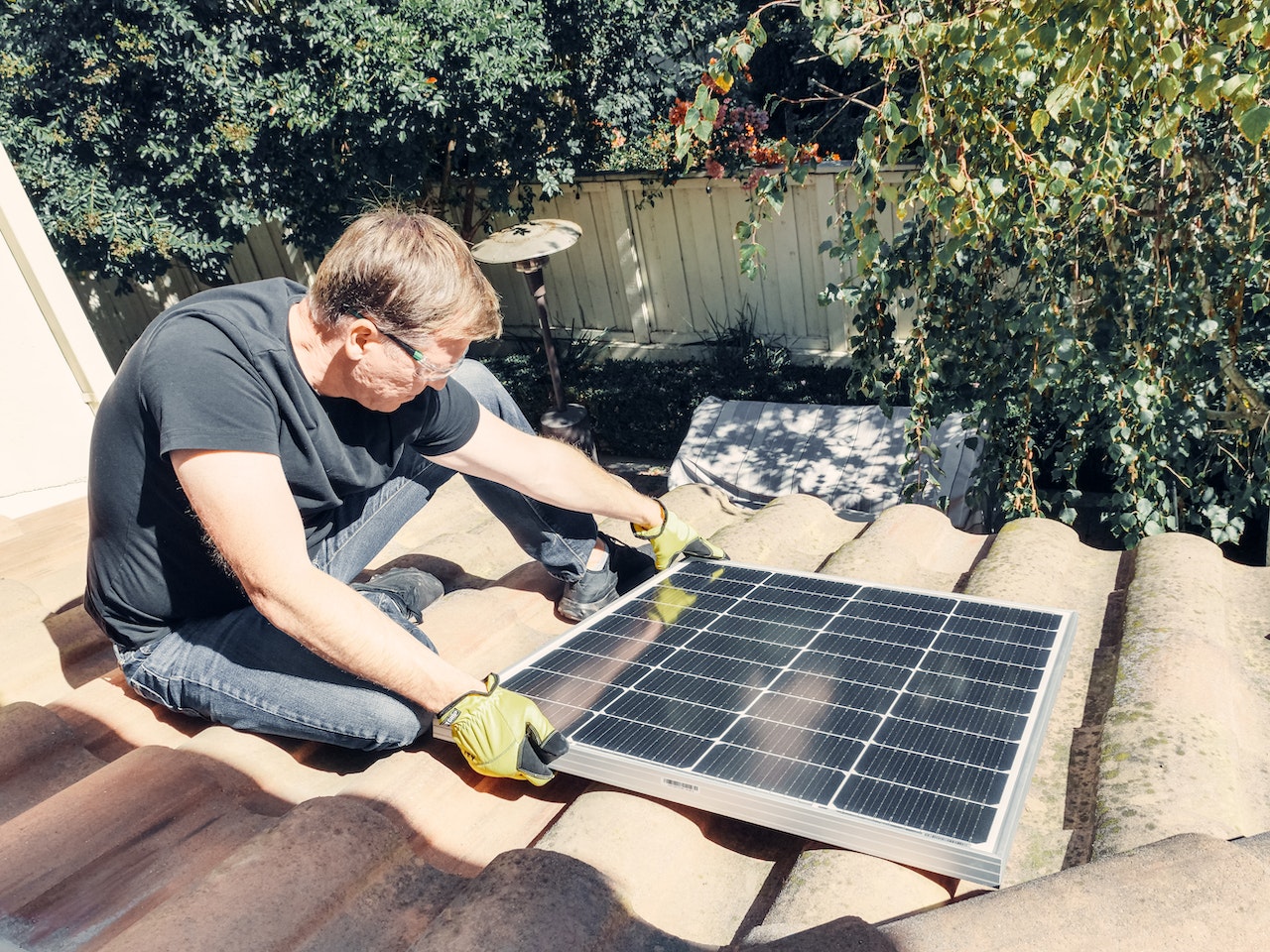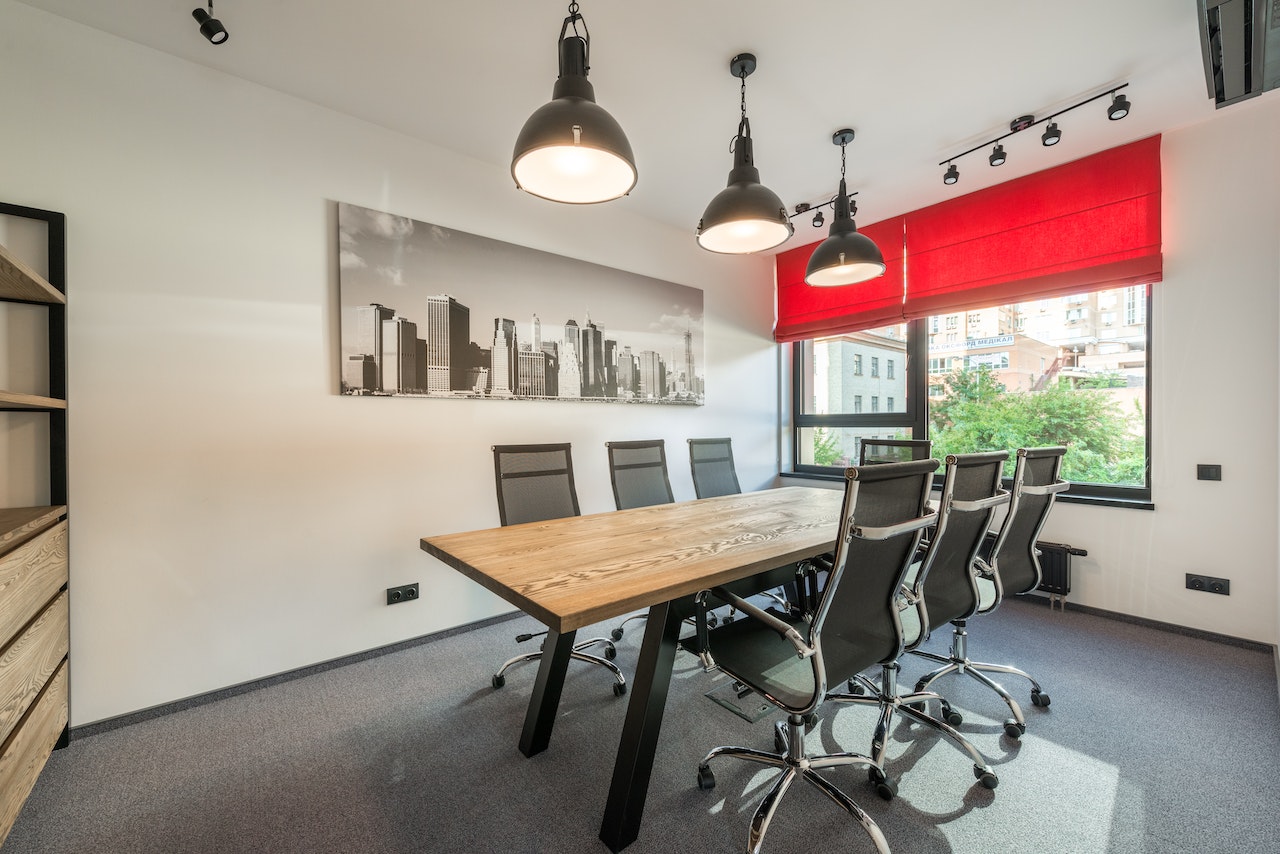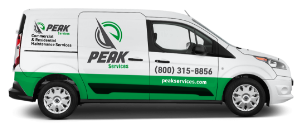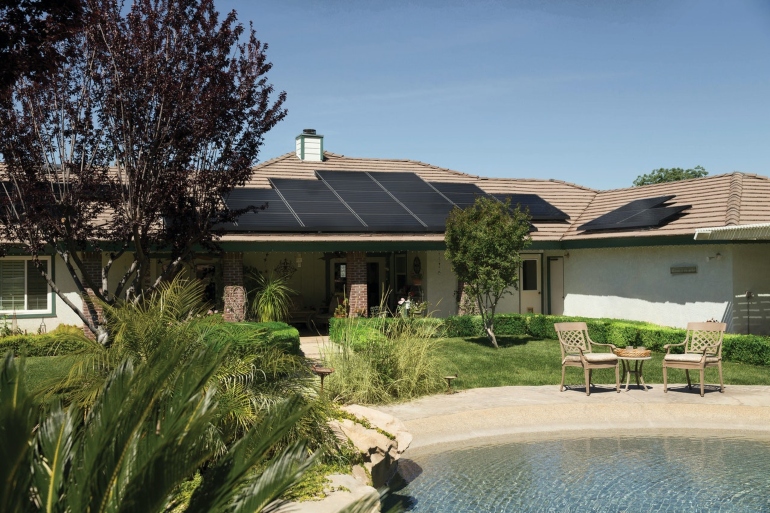
The popularity of solar energy skyrocketed over the past couple of years. Even at a glance, it is not difficult to see why. They are a fantastic way to cut down on your utility bills. They also produce clean energy that doesn’t harm the environment as fossil fuel-based power plants. And they can work virtually anywhere as long as there’s sunlight. So, it is easy to see why more and more people are choosing to go solar. However, since this is a fairly new technology, mistakes when installing solar panels are still all too common. That’s why techs from Peak Services decided to create this guide. With it, you can avoid complications and save yourself a lot of headaches and unnecessary expenses.
Mistake #1: Cutting corners
Solar panels are expensive – that much is true. Because of that, many people look left and right for some way to cut the cost. This means either:
- Choosing low-quality or incompatible components;
- Unprofessional or DIY installation practices.
Needless to say, this way of thinking is just plain wrong.
First, when it comes to PV systems, the chain is only as strong as its weakest link. Poor quality components can result in a system that functions at a fraction of its potential. Furthermore, it will last for a shorter time and be prone to breaking. The same goes for incompatible components.

Go for quality from the start, and you can expect a big payoff further down the line.
And, second, we have sub-par installation practices. It is no secret that solar panel installation can cost more than the system itself. And, not without reason, mind you. There is a whole host of factors to consider when placing a solar array. From proper positioning to wiring to load-bearing capacity of the roof – every detail is a critical one. Poor installation can not only diminish the performance of the entire system but lead to structural damage to your home.
In short, everything you save now, you’ll pay later in repairs. And, in most cases, many times over. Which makes this not only one of the most common mistakes when installing solar panels – but the most expensive one, too.
Mistake #2: Not reducing your power consumption before going solar
Today, there are endless ways to reduce your power consumption. LED light bulbs. Green insulation. Energy-efficient appliances. The list goes on and on. You can practically find a less wasteful option for every single electric device in your home.
Here’s a little something to put things into perspective. If you replace 10 standard lightbulbs with LED ones, you can shave some $500 off of your yearly power bill. Or, from solar panel installation. That’s quite the pretty penny, and nothing to scoff at!
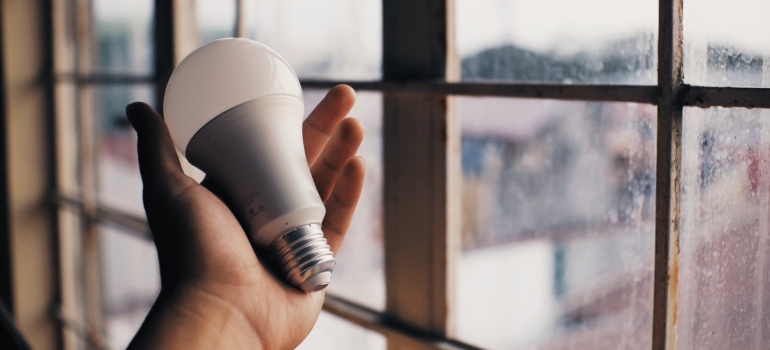
Going energy efficient can have massive benefits on your wallet and the quality of your PV system.
Now, let’s think bigger. If something so minor as a few light bulbs can save you so much $$$, how much can you save with some larger appliance? Take the HVAC system, for example. Almost 50% of an average American household’s bill is heating and air conditioning. It’s easy to see how going energy efficient here can have a huge payoff.
Therefore, before you go for a massive PV system, check to see if you can lower your power usage. Even a few minor changes can mean a difference of thousands of dollars.
Mistake #3: Not thinking long-term
This is one of the most common mistakes when installing solar panels. Most people check their electrical bills, see the consumption and go: “All righty, this is what we need to cover”! And, that may work – for now. However, solar panels are an investment that should last for at least 20 years. How much can change in that time? Even better – how much can change in a year?
Maybe you’ll get a new home theater system that’s 50% more demanding than your old TV. Or, you’ll get an electric car that needs daily charging. What if you decide to turn your garage into, say, a woodworking workshop? Those machines need a good amount of power to work.
The thing is, circumstances change. Therefore, your power usage will vary according to your needs. Fortunately, the solution to this problem is quite simple. You can either:
- Account for short-term changes. For the most part, this entails installing an additional panel or two, at most.
- Ensure that you can expand the system. With an upgradeable system, you’ll never run out of options.
Doing this ensures your Pv system can take everything you throw at it. But it also operates at peak efficiency for as long as you have it.
Mistake #4: Neglecting solar panel maintenance
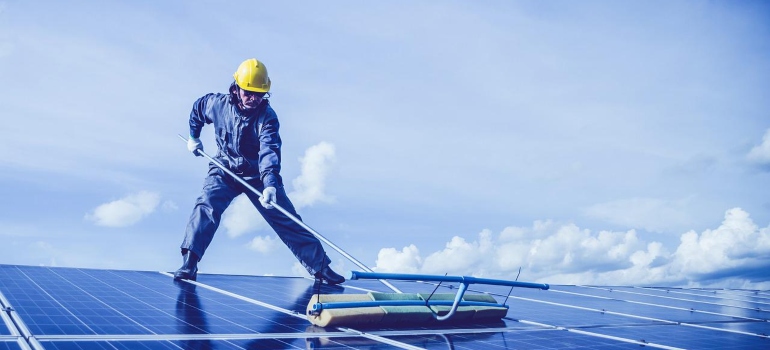
Keep your solar panels clean to keep them at their peak.
Honestly, we can’t believe we had to put this here. Still, you’d be surprised how many people think solar panels are “set it and leave it”. As with any other major system, a solar one needs some love, every once in a while. Therefore, regular inspection by a certified solar technologist is a must, at the very least. But, if you’re ready to go an extra mile, you can opt for residential and commercial maintenance services, such as:
This will ensure the maximum longevity of your PV System and peak effectiveness. Especially considering how said services are quite affordable.
Mistake #5: Not shopping around
Remember how we said cutting corners leads to some of the most common mistakes when installing solar panels? Here’s the only viable way to do so. Well, OK, it’s not really “cutting corners”, per se. More like smoothing them out.
Solar energy is a hyper-competitive market. And it gets more so by the day. Which works to your advantage! With so many companies vying for the same customers, you can have your pick of the litter.
Therefore, once you’re set on getting your PV System, be sure to shop around a little. Ask for quotes from at least three companies. The more the better. Then, compare their services, qualifications, and reviews. Read up on components they use. Lastly, check how long a warranty they offer and what it covers. By the end of this process, you’ll have a company that will meet your criteria and your budget.
Bonus Tip: Avoiding mistakes when installing solar panels is easy with a bit of help
Solar technology is still in its infancy. This is why we see scarce, incomplete, or conflicting info on this topic all around the Internet. And, it is what leads to mistakes when installing solar panels. However, the solution to this problem is a simple one. Reach out to the pros. The vast majority will be more than happy to give you valid info. And, just like that, you’ll be able to maximize gains and minimize the chance of making a mistake.
